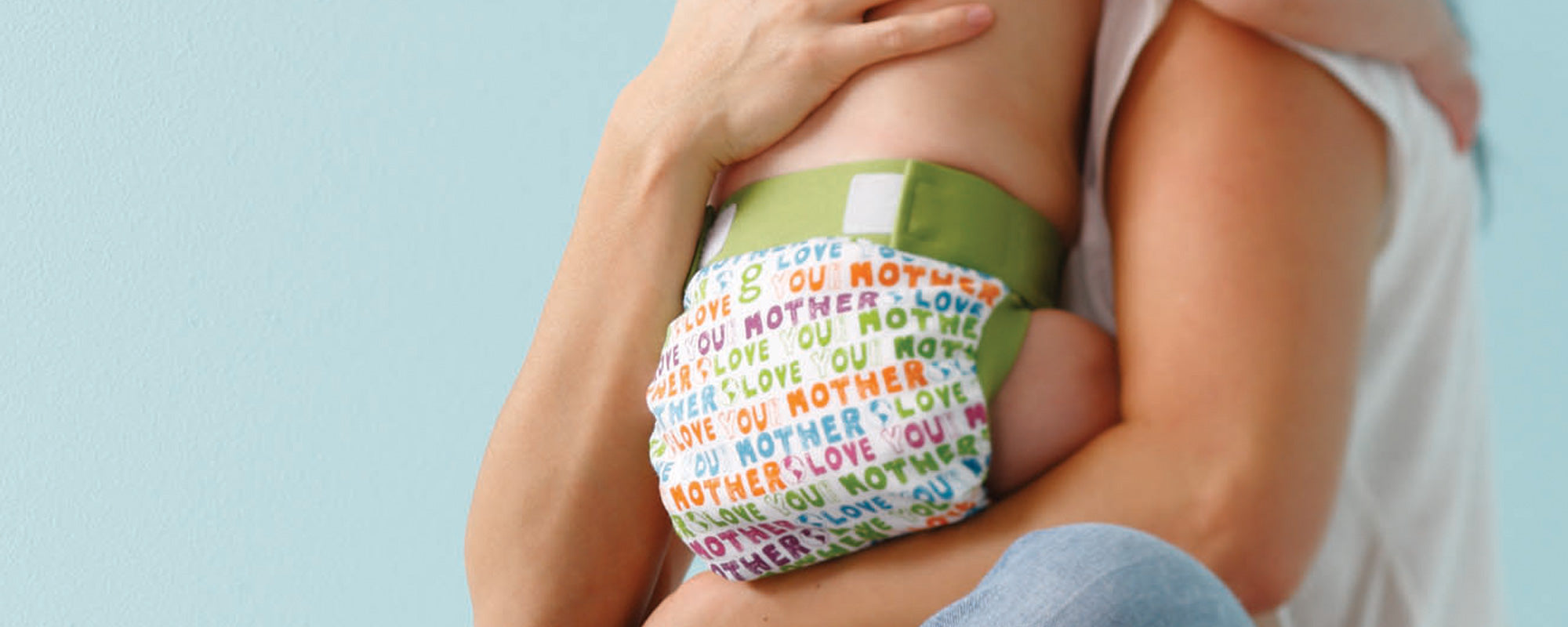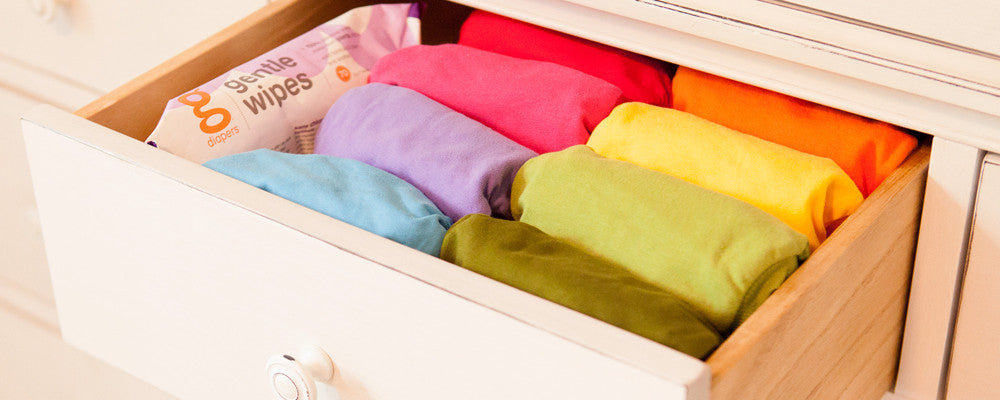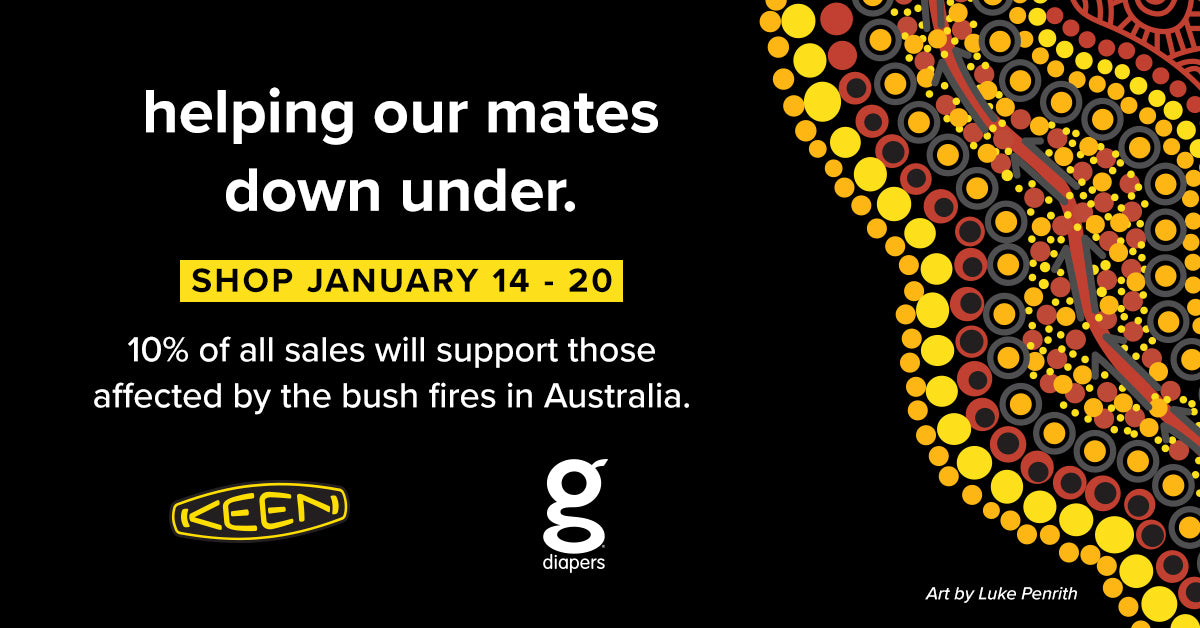gDiapers and The Green Mama in Guatemala.
The disposable diaper problem extends well beyond the borders of developed nations. Reusable diapers are a luxury, unavailable to families in some of the world’s most distressed regions. The following article was originally posted on The Green Mama.
Diapers for Guatemala
Last year when I went to Guatemala with my baby and young daughter, I was horrified. Yes, at the spiders and scorpions and Giardia, but even more at the daily dilemma around diapering babies.
I’ve talked with parents about every aspect of diapering, poop management, and pee protocol in my years as The Green Mama–I’ve published articles and booklets on it. Yet, until living with my children in Guatemala, I sort of assumed that poor people in developing countries handled diapering much as they did 100 years ago: a little cloth strapped around the kids bum and a lot of running them outside to pee at the first sign of need. I didn’t think much about how disposable diapers and increasing poverty might have affected these traditions. Yet, they have.

Poor women in Guatemala (which is a lot of women as Guatemala is the second poorest country in the Western Hemisphere and has 75% of its large indigenous population living below the poverty line), usually do just wrap some cloth around the bum of the baby. However, extra cloth, and absorbent cloth, is very rare from what I have seen. Also, when is the last time you wrapped a thin cotton t-shirt around your baby? It simply isn’t very effective. They don’t have cool natural wraps like we have in North America or even those lousy plastic ones with the puckered legs from when we were little. Instead, when the kid wets through the layers of cotton, everything gets wet, including the mom (who likely only has a couple shirts).
How you diaper your child reveals a lot about where you live. To even have the option to choose cloth diapers is a luxury it turns out. The more I have researched about cloth versus disposable, the more I believe it is a luxury almost as important as that of having good food. Why is diapering such a dilemma in countries like Guatemala?
No cloth diapers to buy
In the little town in Guatemala where I live, a person can not buy cloth diapers. If anywhere in Guatemala sells cloth diapers, it would only be in Guatemala City: a 40 minute boat ride and a 3-hour shuttle trip away. This doesn’t even begin to account for the fact that a local Mayan, who spends nearly 100% of the approximately $10/day a family earns feeding that family, is unlikely to ever to be able to afford cloth diapers as we (in North America) know them.

Washing and drying is hard
There are also no washing machines, no dryers, and— for more than half the year—it rains every single day. Thick, all-in-one style diapers often mildew before they can dry.
Disposables are an even bleaker option in Guatemala than where you live
Disposable diapers are always a hard choice to make for the environment, but it is particularly bleak to see them used in Guatemala. There is virtually nothing to do with the diapers once they have been used: other than to store them up, put them in a big plastic bag, and pay to have them taken in a diesel spurting truck to a landfill in the city. To have garbage hauled away costs money in Guatemala: a smallish bag of diapers would cost more than the average person makes in an hour.
The disposable diapers available in Guatemala were awful. Though some of them bore name-brand names like Huggies, they didn’t look like any diapers I had seen before. They had little bands that looked like they had been printed on a cheap printer. They leaked. AND they smelled awful like cheap (toxic) perfume.
Disposable diapers are expensive
The disposable diapers could be bought in Guatemala one at a time, because that is the only way most families could afford them (if they could afford them at all). The diapers, however, cost the equivalent of 20 to 40 cents each. Translated into Guatemalan terms that is the equivalent of buying 200 handmade corn tortillas. Translated into North American terms, it would be like spending $4.00 on a diaper that you used once and then had to pay the equivalent of $8 to throw away. (I’m basing this on standard hourly wages).
Extreme poverty is hard to overcome: the majority of a family’s money goes towards feeding the family. Even that is not enough usually, Guatemala has some of the highest rates of chronic malnutrition in the world, according to The Lancet. Therefore, spending a little more upfront for something (say a live chicken for laying eggs, or schooling for your child, or a cloth diaper) means you and your children will go hungry. Perhaps for a long time. Families don’t have rainy day funds, they don’t have health insurance, and they sure don’t have money for fancy baby items. Most of them can’t afford to send their children to school at all, which ceases to be free (where it exists) after the equivalent of Middle School in the area where I live.
So, in one way, even talking about diapers in this context seems strange. After all, it is the least of the issues in the world’s poorest countries. Yet, when I was there last year, women would stop me to look at my daughter’s cloth diapers. My household helper, who didn’t even have kids, touched and oohed and exclaimed over them. The women simply could not believe how thin, light, absorbent, pretty, and effective they were. “How much do they cost?” “Where can we get them?” “Do you have any extras?” Diapers may be the least of the problems facing them, but these women struggled with it every day for years of their lives.
I thought so many times last year that what Guatemala needs is the gDiaper: a quick-drying, effective outer that works with almost any material inside it. For me, I’d use the disposable inserts that I composted in my garden (wet ones only). For others, they could use the absorbent cloth inserts or just cut up old towels or t-shirts to stuff them. I used them there last year and they were perfect.
So, this year, just a couple weeks before returning, I asked gDiapers’ co-founder, Kim Graham-Nye, couldn’t the G in gDiaper stand for Guatemala? The answer? Yes.
I got over 100 diapers. Almost half of these diapers I donated to the Project Somos Children’s Village, where 49 Guatemala orphans will use them over the years to come.
The rest I I donated 3 at a time throughout the little village of San Marcos. I had a couple of Mayan friends who were well connected and well respected in town, and they spread the word through the different Barrios. “Come at 4 to the Libreria and get cloth diapers.” At 3:30 the first 5 women were there and waiting. I did a little lesson in my bad Spanish on how to use the gDiapers, the benefits of the quick drying, the multiple uses, the fact that any flimsy material could be made into a diaper because of the waterproof outer cover. One of my Mayan helpers would repeat the lesson in Kaqchikel. Then we would demonstrate on a doll baby. The women would laugh. Then they would break out into impromptu speeches. They would kiss me. They would ask me to take pictures with them.
The gist of what they said is this: Thank you. This is a huge, huge gift. This changes things for us. We will use these diapers for many years and with many babies. We can’t thank you enough.
I knew they meant it because the next day they would show up with their sister, or cousin, or friend, at my house (it’s a very small town), asking: “Please, do you have any more?” Walking through town, I would sometimes see these women: babies strapped to their backs, baskets of good on their heads, and they would stop to thank me again.
The problems facing Guatemala seem insurmountable. Yet, there is no doubt that a few cloth diapers will help improve things just a little bit for these women and give them a chance to pass it on as well.

Article and photos by Manda Aufochs Gillespie, www.TheGreenMama.com. Visit The Green Mama for more on cloth diapering and her time in Guatemala.











2 comments
Thank you for your thoughtfulness and generosity, Anne-Marie! We don’t have any specific programs that we facilitate, but we recommend you inquire with shelters in your area or reach out to shelters abroad.
Are there any programs available for donating used G Diapers to families in Guatemala? Once my twins are done, I’d love to find a good home for them!